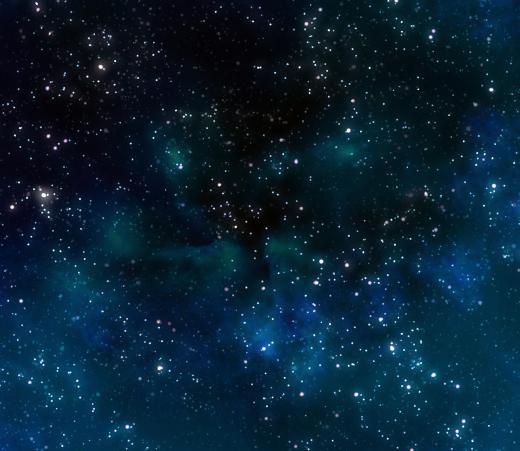What Is the Big Rip?
The "big rip" is one theoretical way in which the universe may come to an end, depending on its total density, which is difficult to determine. Observations by astronomers and physicists show that the universe, as a whole, continues to expand and that objects within it, such as galaxies, are moving away from each other at an increasing rate. If this expansion and increased acceleration continue indefinitely due to insufficient density in the universe, then all objects would eventually begin coming apart. In the big rip, initially galaxies would come undone, followed by stars and planets, and finally atoms and other particles would be ripped apart at the end of the universe.
There is a great deal that remains unknown about the universe, but certain theories can be built. Observations show that it is expanding, that bodies within it such as galaxies are moving away from each other. The rate of this expansion seems to be increasing or accelerating, which means that something other than the initial force of the Big Bang must be making them speed up. This force is generally referred to as "dark energy" or "repulsive gravity."

Once the idea of dark energy was established, then a question was raised regarding how the acceleration of the universe will play out over time. The answer to this question largely depends on the mass of the universe, as this determines how the expansion might change in the future. If this value is sufficiently high, over an amount referred to as "critical density," then the universe will eventually cave back in upon itself, an event called the "big crunch."

On the other hand, if the density of the universe is too much below this value, then the acceleration will not stop. In fact, it will increase over time, and in about 20 billion years, an event referred to as the "big rip" may occur. At this point, the acceleration would be so great that objects within the universe would start being pulled apart.
The big rip would begin with large objects; galaxies come undone and the various stellar systems within them would expand away from the galactic centers. As acceleration continues, the stellar systems would be ripped apart and planets would leave their orbits around stars to expand out into space. At a certain point, stars and planets would no longer be held together and these objects would be torn apart into particles and atoms. Near the end of the big rip, atoms themselves would be pulled apart and disintegrated.
According to recent data, however, this model of the end of the universe is fairly unlikely. While the universe's density does not seem to be sufficient for the big crunch, it is probably too high for the big rip to occur. The most popular theory regarding the end of the universe is called the "big freeze." In this model, heat death occurs as the universe becomes so spread out that energy transfer is impossible and it simple freezes.
AS FEATURED ON:
AS FEATURED ON:












Discussion Comments
I understand gravity, mass, energy, hot-cold fusion, momentum and space, and yet I also know that what you call 'matter' is being both created and destroyed constantly on a cosmic scale. I also know that the universe is not expanding and the 'big bang' concept is totally wrong. The physicists who know of 'what I speak' need to rise up. The current scientific community is being coerced by mental midgets. How do you like them apples? Happy trails, folks.
The only way that the universe could continually expand is if it were constantly creating new 'additional' matter and normal space (either). I do not believe it is. If you are one who understands mass-matter, space and energy, then you know this to be true.
Post your comments